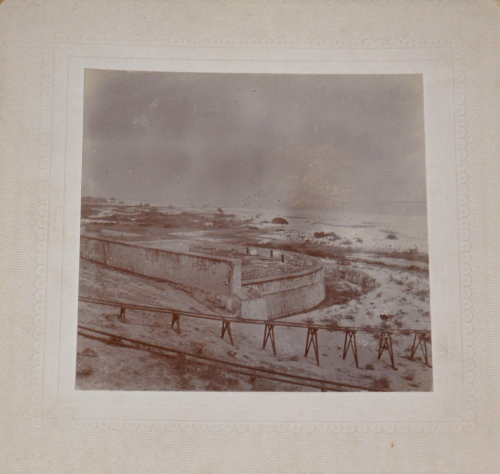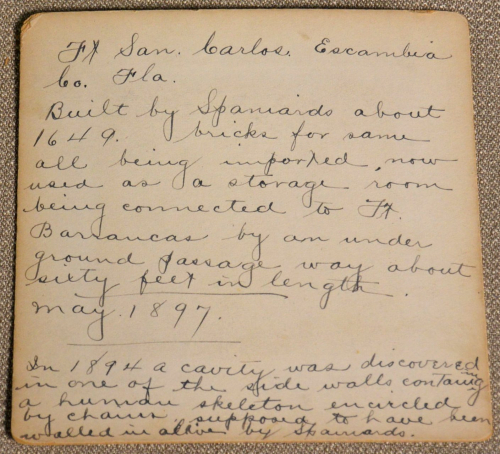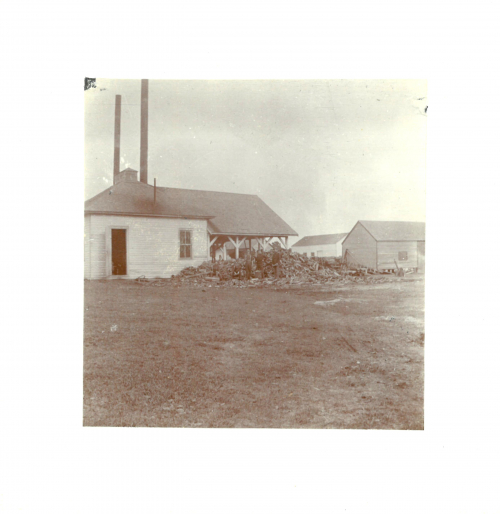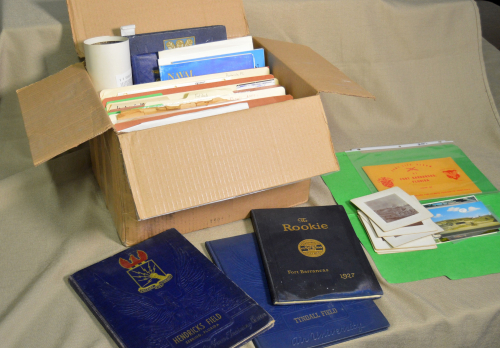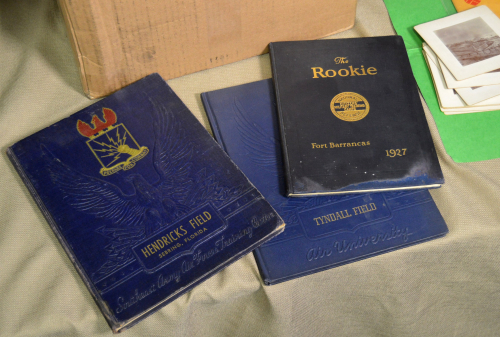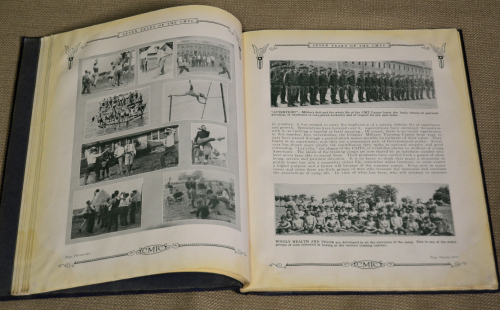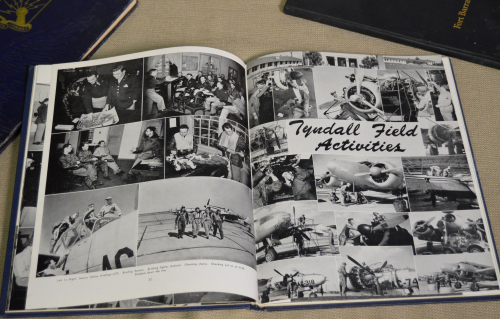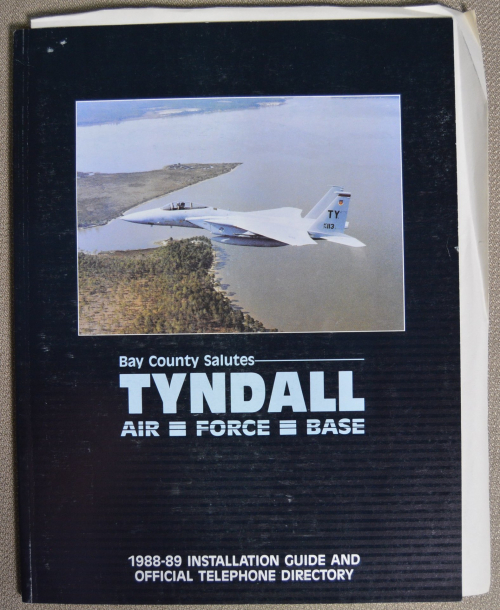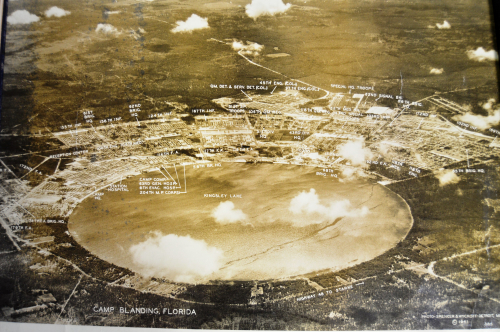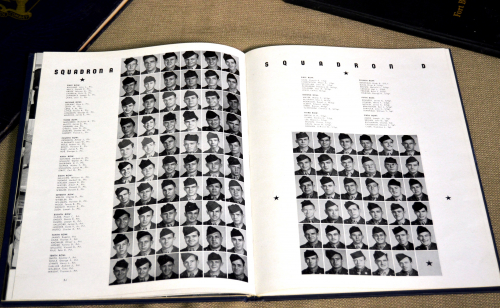One day in May, 1897, a U.S. Army soldier took his personal camera and wandered around his post, Ft. Barrancas near Pensacola, Florida, capturing what he saw. He included this view of “Ft. San Carlos” built by the Spanish in 1649. It was part of Ft. Barrancas when the solider took his picture. Perhaps it is fitting that both forts are now on the grounds of Naval Air Station Pensacola. That progression sums up the story of the military in Florida.
From the outset, with the founding of St. Augustine by the Spanish in 1565, through the English rule and eventually under the Americans, Florida was basically a military outpost, strategically positioned to control ocean traffic into the Gulf of Mexico and impact shipping from the new world to the old.
All the colonial powers encouraged settlers to go to Florida, but between the mosquitoes, the swamps and the hot, humid weather the official marketing campaigns did not amount to much. You did not need to incentivize soldiers, you just sent them.
Military minds from all nations think alike, so these military sites were repurposed over the centuries, just like Ft. Barrancas. Many are still in use today.
The personal photos of that unnamed soldier give us a glimpse into what he saw that day, and into the mindset of his era, leading up to the Spanish American War.
In a lesson to all of us, he labeled his photos on the back and added stories he had heard. Yes, that says “in 1894 a cavity was discovered in one of the side walls containing a human skeleton encircled by chain, [supposed] to have been walled in alive by Spaniards.”
Another photo caption, dated July 1896, has a universal theme.
It reads “Woodpile at Ft. Barrancas Florida- the soldiers’ misery and time killer.”
These photos are part of a recent donation of military memorabilia to the Florida Historical Society’s Library of Florida History in Cocoa. From a private collector in California, it includes yearbooks, flyers, postcards and photographs from some of the 200 or so U.S. military bases established in Florida during, between and after World Wars One and Two. The same weather that kept settlers away was perfect for training U.S. military personnel.
The yearbooks from the training camps are a particular treat.
Starting with the earliest, 1927’s edition of “The Rookie” from Ft. Barrancas’ Citizens’ Military Training Camps, we can see Florida National Guard troops in those deceptively peaceful years between the wars.
That is as opposed to the much more businesslike 1944 scenes from Tyndall Field (now Air Force Base) east of Panama City.
The collection shows how the publications evolved as the military facilities and missions evolved.
The stories changed, too, from life in camp to how the sprawling facilities impacted and interacted with the communities that grew up around them.
Impact was inevitable, given the numbers and the economics. At one point during WWII, Camp Blanding, in Clay County near Starke and about 36 miles from Jacksonville, was one of the largest training facilities in the country and had over 22 thousand civilian employees. Those people came and built modern Florida. So did the thousands who survived the war and returned to settle in Florida, attracted by the same weather that deterred early settlers.
But, that brings us to a final point.
You can’t help but wonder, as you gaze at the faces of these men, some laughing, some somber and all so terribly young, how their individual stories, short or long, turned out.
